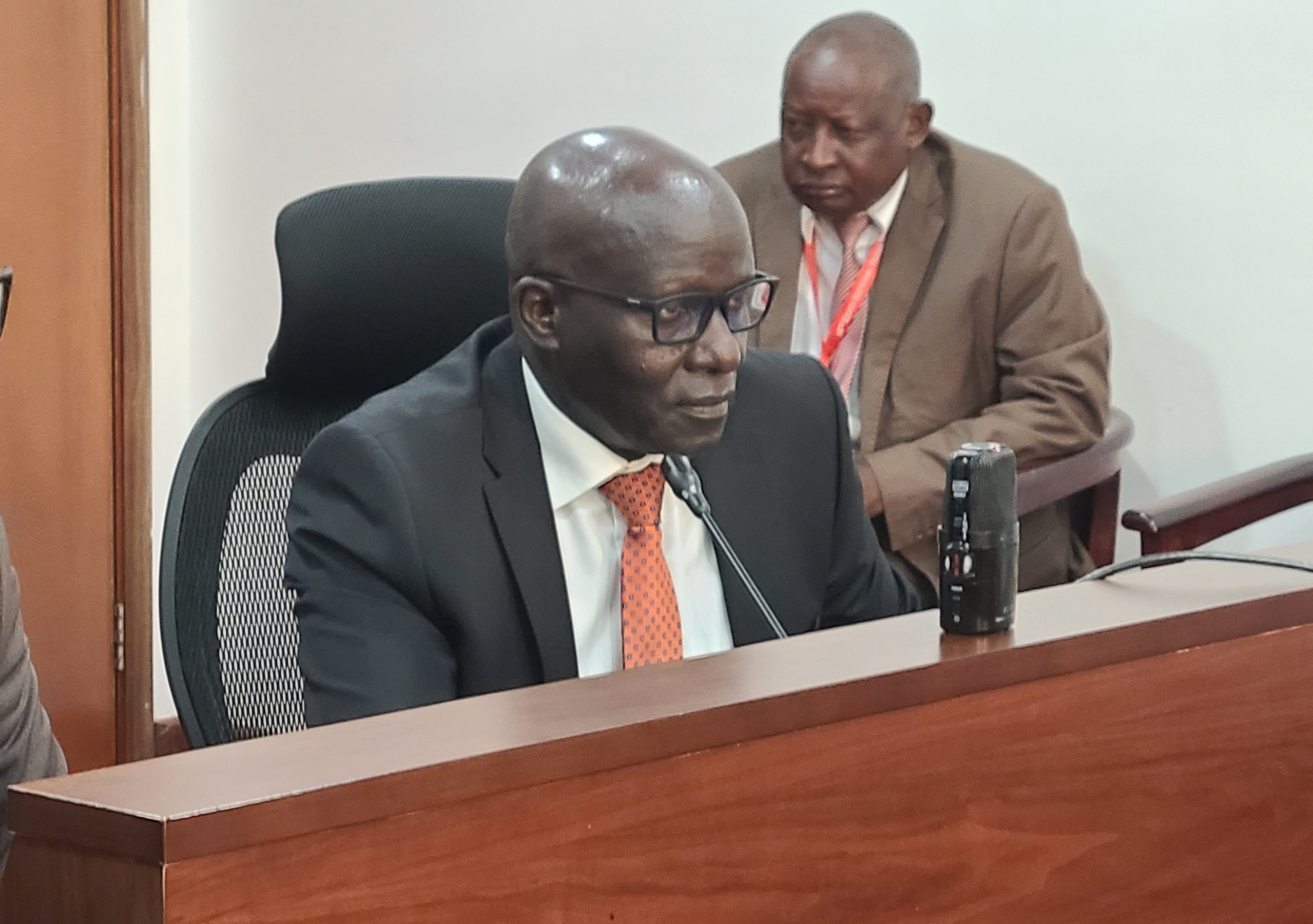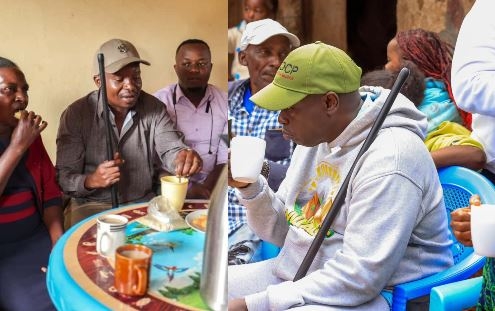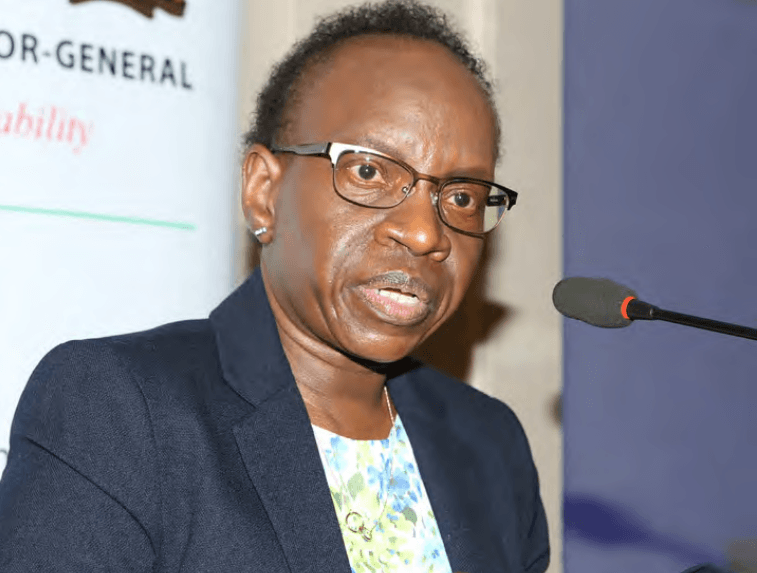Kenya's healthcare market is recognised as one of the leading systems in Africa, ranking second only to South Africa in terms of access and quality of care.
However, as stakeholders gathered for the launch of the 'State of Kenya's Health Market 2024' report, it became clear that while progress has been made, significant challenges remain.
Lyndon Marani, technical adviser for the USAID Private Sector Engagement Programme, emphasised both the successes and the shortcomings of the Kenyan healthcare system.
He acknowledged the progress, saying, “The Kenyan healthcare market has done very well. We cannot lie about that. However, there are critical cash flow challenges that threaten to undermine these achievements.”
Marani said that delays in payments to the National Hospital Insurance Fund lead to a cascading effect throughout the healthcare supply chain.
“When money doesn't go to NHIF on time, hospitals are not paid on time. When hospitals are not paid on time, distributors of drugs are not paid on time. This cycle ultimately impacts patient care and the overall effectiveness of the system,” he added.
The report outlines the essential role of the public and private sectors in the healthcare market, underscoring that universal health coverage remains a top priority for the government.
Yet, gaps persist, particularly in financing, as many counties still rely heavily on national funding and donor support.
Marani said that only 50 per cent of locally-manufactured health products and technologies are being utilised, indicating a significant underutilisation of Kenya's potential in pharmaceutical manufacturing.
Kenyan-manufactured drugs are highly regarded throughout East Africa, with neighbouring countries actively seek out Kenyan medicines.
However, Marani added that there is a strong preference for imported drugs.
“As a result, we are only utilising 50 per cent of our drug manufacturing capacity, leaving the other half idle. This reliance on imports extends to medical fluids, a significant portion of which comes from abroad," he said.
"It is perplexing, considering we have local companies capable of producing enough to meet our entire country's needs for these medical supplies.”
On management of health information, Marani said both the public and private sectors possess valuable data, but this information is not effectively used for timely decision-making.
This lack of communication hampers the government’s ability to respond effectively to public health emergencies.
Margaret Njenga, CEO of Population Services Kenya, echoed Marani's concerns regarding financing and service delivery.
She highlighted the deterioration in healthcare services, particularly at the community level, emphasising the urgent need for a coordinated approach.
“As much as we have made progress as a country, we are yet to reach the recommended Abuja Declaration of 15 per cent of the national budget allocated to health,” Njenga said.
Currently, Kenya allocates about 11 per cent to health, which Njenga said is insufficient to meet the healthcare needs of its citizens.
She stressed the importance of viewing healthcare not just as a service, but as a vital market that includes both public and private entities.
“Healthcare delivery requires various resources and skilled providers to function effectively.”
She highlighted the role of small private clinics, which provide up to 50 per cent of healthcare services.
“These facilities often run by one or two people are crucial for access to care, yet they remain underfunded,” Njenga said.
Njenga and Marani both called for improved coordination to address existing challenges.
“We need to enhance interactions between manufacturers, the Ministry of Health, pharmacies and healthcare facilities,” Marani said.
He added that as Kenya navigates these challenges, stakeholders must recognise the interconnectedness of healthcare and economic development.
He indicated that by fostering collaboration and viewing healthcare as an economic driver, Kenya can pave the way for a more resilient and effective system.
“The collective effort is vital for improving patient outcomes and establishing Kenya as a leader in healthcare within the region,” he said
Njenga, on the other hand, called for a dual investment strategy that prioritises public and private healthcare sectors.
“By working together and allocating sufficient resources to both, we can significantly improve healthcare access and quality for all Kenyans,” she added.















